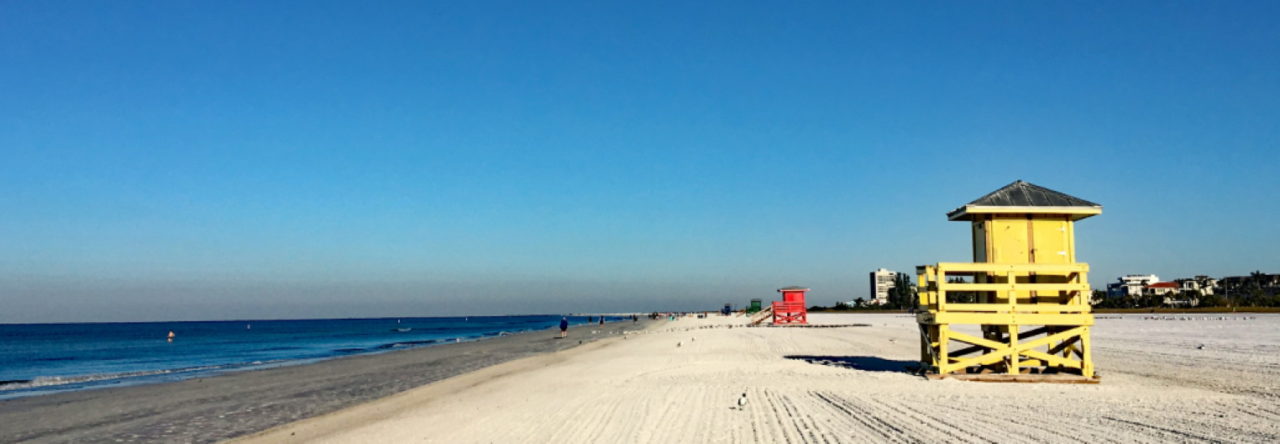by Peter Crowley, President of RE/MAX Alliance Group

If you only paid attention to news headlines, you would be convinced that the real estate market is in a free fall. Citing sensational statistics like “Pending home sales crash 30%” or “Record number of price reductions” may lead one to think that home prices are falling and the pendulum has shifted into the hands of buyers. Not so fast …
It’s important to put these statistics into some perspective to understand what is really happening in our local real estate market throughout Southwest Florida (and most of the United States).
The onset of the pandemic ushered in an unanticipated boom for the real estate market throughout the country and magnified even more throughout Southwest Florida. Once the initial shock of lockdowns and a brief economic scare subsided, the stage was set for booming demand in our local market. An almost overnight shift in demographic trends with work from home options and accelerated retirement decisions created a surge in demand for Southwest Florida real estate.
Furthermore, in an effort to boost the economy, the Federal Reserve’s monetary policy contributed to record low interest rates which added buying power to this influx of buyers. The ensuing imbalance of supply and demand for homes and condominiums led to a strong seller’s market with larger than normal increases in the median price of real estate.
Fast forward to today and the real estate market has undoubtedly changed – spurred mostly by the increase in interest rates related to the inflationary environment that we are experiencing still today. This is where some perspective is important.
The most frequent measure of real estate activity is either month to month comparisons or year over year comparisons. If you accept that 2021 was the best real estate market that our local area (and most of the country) has ever experienced, it stands to reason that as the market starts to adjust back to normal, we will see some sizable percentage changes when comparing today’s activity to last year. These significant changes create eye-catching headlines – “Time on market is up 120%”. That seems like a meaningful jump, but when you consider that homes were on the market for an average of 10-14 days and now it is closer to 30-40 days, the change does not seem that outrageous. In fact, this time on market is still far below what is considered normal.
Most real estate professionals will agree that the last “normal” real estate market was in 2019, before the onset of the pandemic. If we start to frame comparisons based on the level of activity in 2019, things seem a bit less dramatic, and in fact, show that even with our recent market shift, we are still well ahead of 2019 activity.
With the abrupt change in interest rates from below 3% to around 5%, it felt as though the spigot was turning off. The frantic pace of activity with 20+ offers on an available property seemed to evaporate overnight. While closed sales have fallen in the neighborhood of 20% relative to 2021 (the most active real estate market on record), when compared to 2019, we are in fact almost 20% ahead of the level of “normal” activity from that time period.
Furthermore, in spite of the recent cooling of demand, we are still quite out of balance with supply and demand, which is why prices are not expected to go down, but rather moderate from 20-30% record appreciation, to a moderated level of appreciation. Gone are the days that a seller can name whatever price they want to sell with only the most favorable terms. Hence, price reductions are at record levels where sellers are coming back to the reality that a home must be competitively priced in order to sell.
While the absorption of listings has definitely slowed, which leads to an overall increase in listings, our local market is still experiencing a limited supply of listings. Our current level of listings is over 50% less than the number of listings in 2019. While we anticipate listings to continue to increase, there is a long way to go to reach a “balanced” market.
The level of activity and price appreciation the past few years was an anomaly created by a perfect storm of economic and demographic conditions. A return back to “normal” is healthy for our overall real estate market. Pundits seem to be clamoring for a crash like we experienced during the housing crisis of the Great Recession. Fortunately, the foundation of our local housing market is on much stronger footing with close to 50% of sales being paid in cash. The remaining financed buyers are doing so with stringent underwriting guidelines and significantly more down payments (“skin in the game”).
The country is experiencing a record level of equity in their homes and as a result, the anticipated flood of foreclosures has not materialized. With builders still struggling with supply chain challenges and increased prices, they are reluctant to grow their inventory of new homes. All of these factors will continue to limit the supply of available homes for sale and continue the imbalance between supply and demand for the near term.
Presented by
Larry Brzostek, CRS, CLHMS
Broker Associate
RE/MAX Alliance Group
Call or Text: 941-993-3125
Web: LarrySellsSarasota.com

